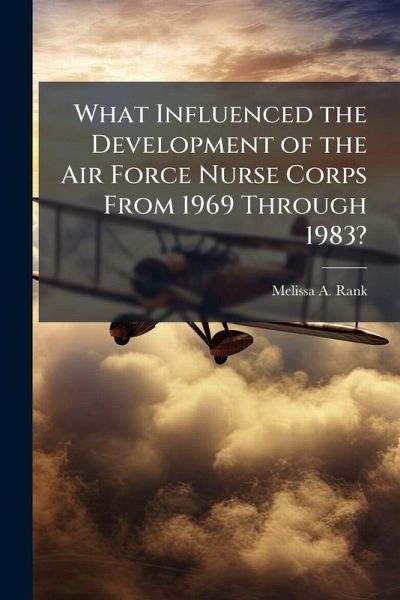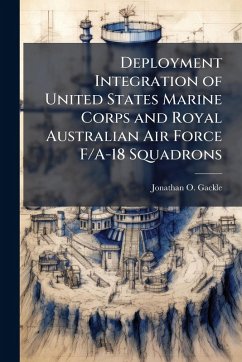
What Influenced the Development of the Air Force Nurse Corps From 1969 Through 1983?

PAYBACK Punkte
8 °P sammeln!
The purpose of this work is first, to seek out and record events in the history of military nursing that influenced and shaped the Air Force Nurse Corps from January 1969 through December 1983. A second endeavor of this research is to identify factors that influenced the professional and career development of Air Force nurses. The Annual Reports of the Surgeon General were used to compile a chronology of events from 1969 to 1983. An analysis of the chronology revealed at least three important factors influenced the development of opportunities for Air Force nurses during this time frame: the e...
The purpose of this work is first, to seek out and record events in the history of military nursing that influenced and shaped the Air Force Nurse Corps from January 1969 through December 1983. A second endeavor of this research is to identify factors that influenced the professional and career development of Air Force nurses. The Annual Reports of the Surgeon General were used to compile a chronology of events from 1969 to 1983. An analysis of the chronology revealed at least three important factors influenced the development of opportunities for Air Force nurses during this time frame: the evolution of nurse practitioner programs that expanded the skills and abilities of nurses, the adoption of the total force concept within the Air Force Medical Service and nursing's role in embracing the Air Reserve Components, and the creation of a nurse internship program to ease the transition of initial active duty nurses into the Air Force. This chronology is another step toward development of a complete and relevant Air Force Nursing history This work has been selected by scholars as being culturally important, and is part of the knowledge base of civilization as we know it. This work was reproduced from the original artifact, and remains as true to the original work as possible. Therefore, you will see the original copyright references, library stamps (as most of these works have been housed in our most important libraries around the world), and other notations in the work. This work is in the public domain in the United States of America, and possibly other nations. Within the United States, you may freely copy and distribute this work, as no entity (individual or corporate) has a copyright on the body of the work. As a reproduction of a historical artifact, this work may contain missing or blurred pages, poor pictures, errant marks, etc. Scholars believe, and we concur, that this work is important enough to be preserved, reproduced, and made generally available to the public. We appreciate your support of the preservation process, and thank you for being an important part of keeping this knowledge alive and relevant.












